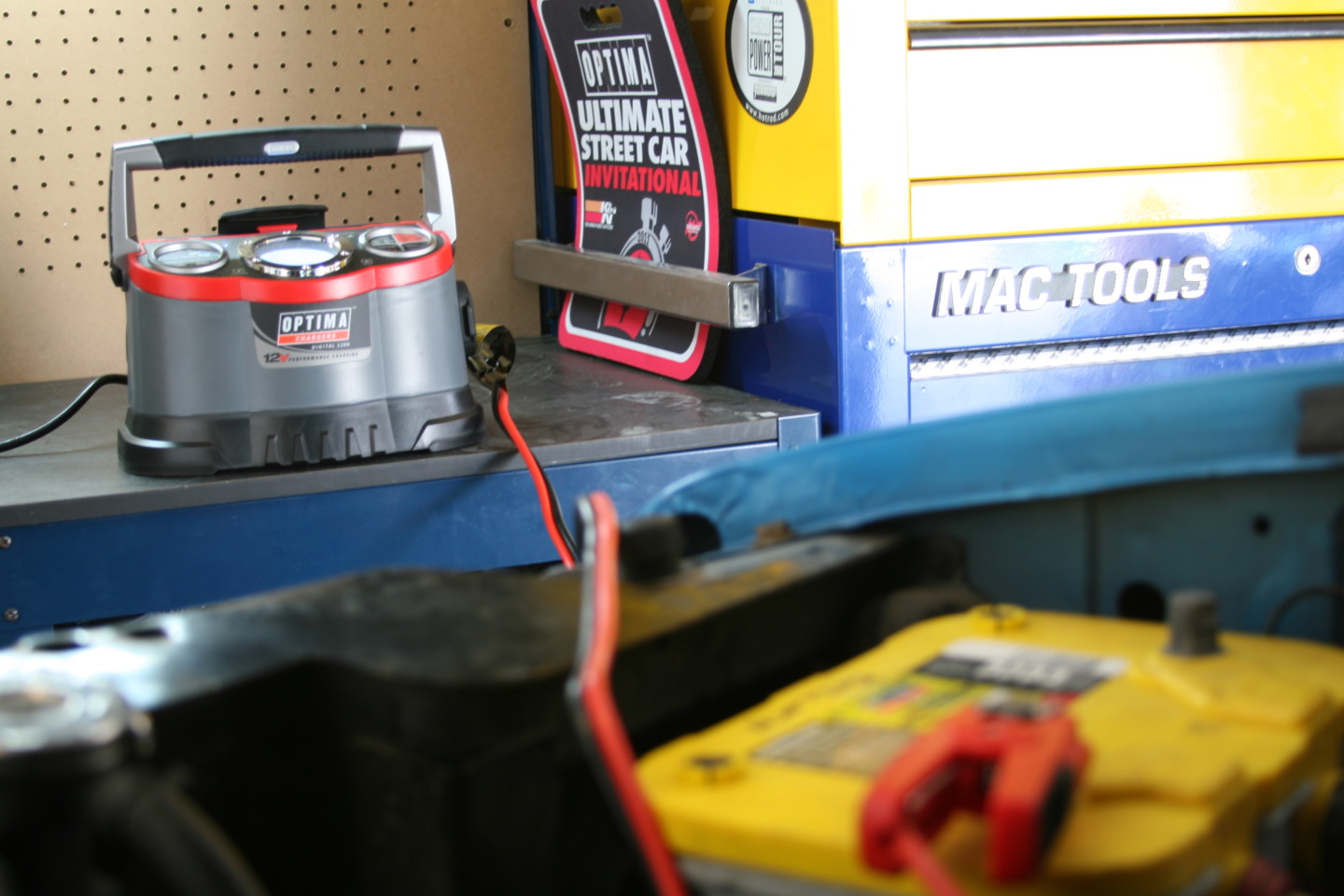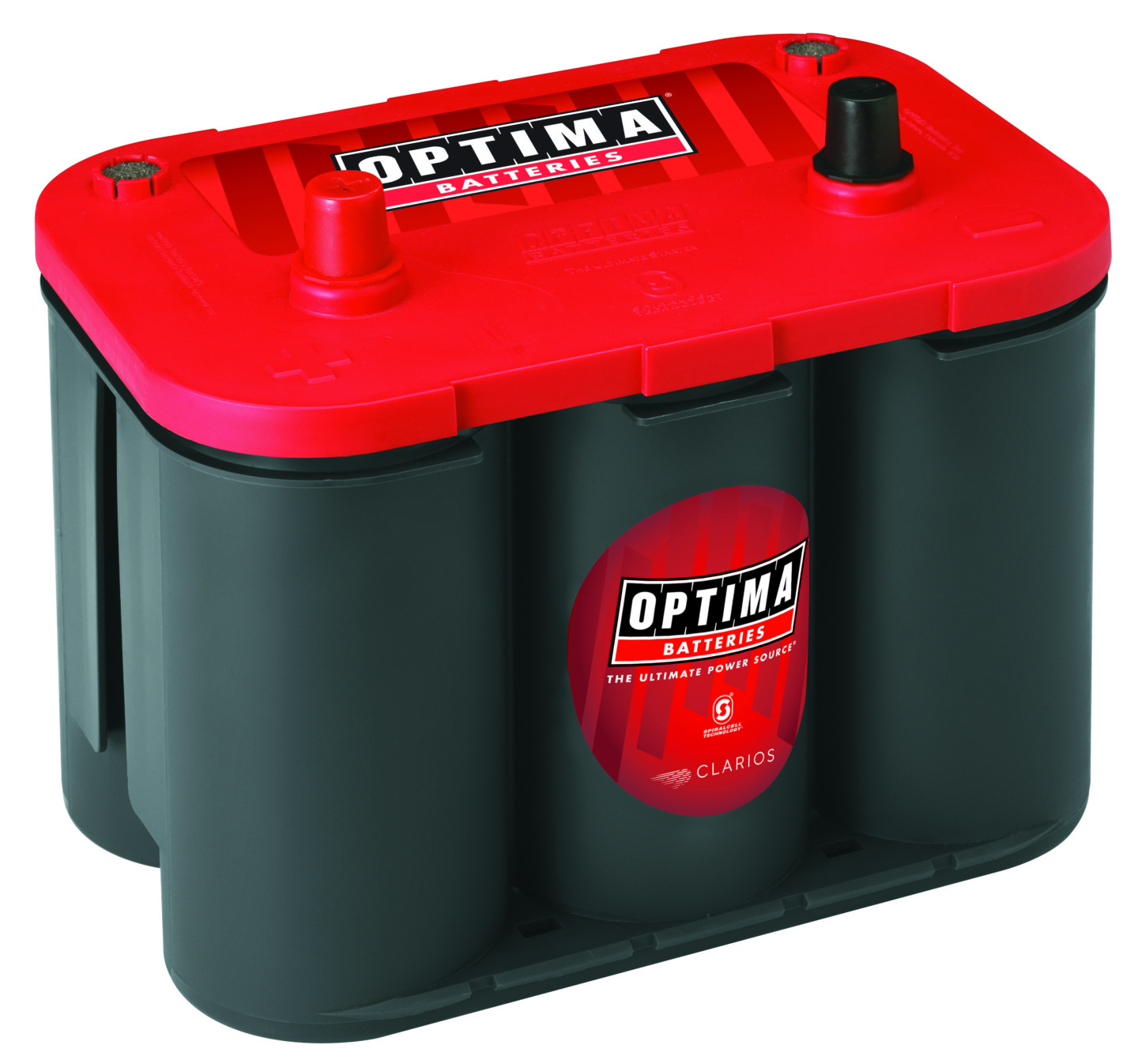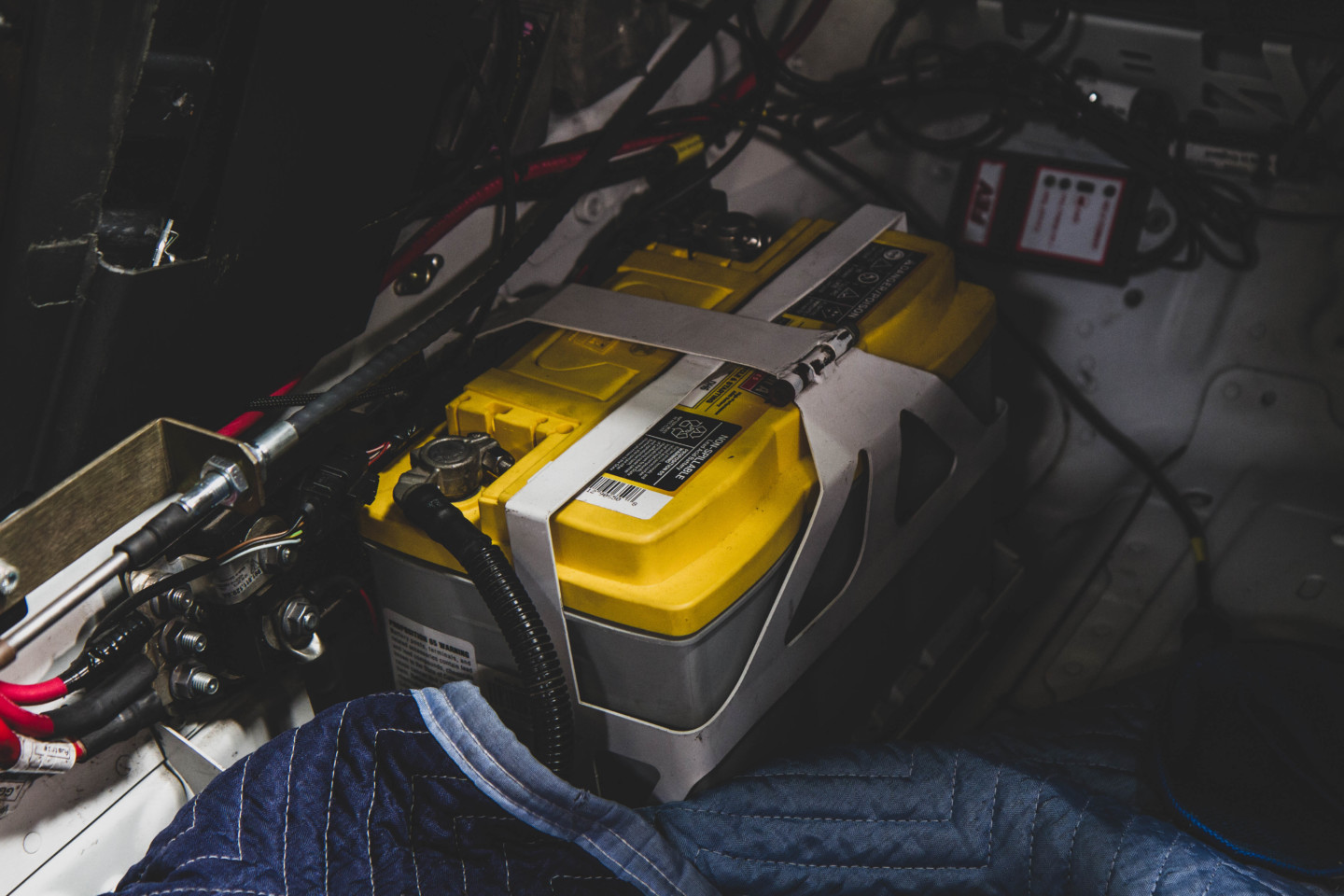I think it goes without saying that everyone in the world has had to make adjustments throughout the last seven or eight months. This Coronavirus pandemic has flipped all of our worlds upside down and we’ve had to redo how we do things. Unfortunately, something that is lacking attention throughout this time is our cars and trucks.
We spoke with Jim McIlvaine at Optima Batteries about this, and he and his team have actually been putting together some really good information on how to maintain your batteries during this time. “Lockdown, stay at home, safer at home, whatever the directive might be called, the end result is that vehicles all over the world are being driven a whole lot less than they were before the Coronavirus pandemic began, right?” McIlvaine said.
“So what happens when millions of cars and trucks sit unused for weeks or even months at a time? The batteries discharge, often to the point that they won’t start an engine.” McIlvaine explained that all of the newer cars and trucks are packed full of electrical accessories and features including radio presets, memory seats, car alarms, internet connections, and tracking systems.
While all these are great features, this is why batteries discharge over time when they aren’t driven. They all depend on constant power to operate, and when you’re stuck at home, guess what will inevitably run out of juice? With this being said, that is why you see a lot of older vehicles able to sit for months at a time and their batteries are still able to start an engine.
“The older vehicles don’t offer all of these modern conveniences which makes the batteries last longer. New cars and trucks? Many of them will discharge their batteries to the point where they won’t start within a matter of weeks. Auto manufacturers know all of these modern features demand more electricity and they’ve responded by building vehicles with increasingly larger batteries,” McIlvaine said.
All In The Data
Big deal, a newer truck takes a different battery, right? It actually is a big deal. The 75/25 OPTIMA REDTOP battery is listed as a direct-fit replacement of the 2000 Chevrolet pickup with the 6.5-liter diesel engine. Fast forward to today, the Duramax-powered ’20 Silverado takes the H6 YELLOWTOP. Okay, so what is the point?
“The H6 battery is physically larger and weighs in at 54-pounds. The 75/25 weighs only 33-pounds. That is a huge 63-percent increase. “It’s not about the cold-cranking amps needed for starting a high-compression engine, because both diesel engines have similar displacement and the H6 is rated at 800CCA while the 75/25 isn’t far behind with 720CCA. This big difference is the reserve capacity. The 75/25 is a 44Ah battery while the H6 is a 72Ah unit,” McIlvaine explained.
“Having 63-percent more reserve capacity is critical for newer vehicles because their key-off electrical load can be far higher and more demanding than what was common just a generation ago. To put some math behind it, we’ll say an older vehicle with a 44Ah battery has a key-off load of 25 milliamps. That vehicle will deplete that reserve capacity by .6 amps per day (.025 x 24 hours). That means that the battery will become completely discharged in about 73 days (44Ah/.6 amps). That assumes the battery is fully charged when the vehicle was parked and does not take into account extreme temperatures, which can accelerate the discharge process.”
By comparison, a newer vehicle may have a key-off load of 75 milliamps, but a larger 72Ah battery to help compensate for that increased demand. In a similar scenario, that battery will be completely discharged in just 40 days (72Ah/1.8 amps). Keep in mind, a battery will typically need to have some amount of charge in it, if it is going to be able to deliver enough energy to start an engine, so the point at which a battery can no longer start an engine could arrive a week or two before the 40th day of sitting. Many modern vehicles also have key-off loads that can be significantly higher than 75 milliamps, which means they will discharge a battery even faster.
The end result is that many new vehicles on the road today can discharge batteries to the point where they won’t start an engine in a matter of weeks. Auto manufacturers know this and if you search eBay, you’ll probably find listings for used solar panel chargers that some auto manufacturers installed in vehicles when they left the factory in Europe. Those panels helped make sure the batteries survive sitting in parking lots and cargo ship holds for several weeks or months between leaving the factory and arriving at dealerships. But this is a minor issue that can be solved by a set of jumper cables, right? Wrong.
Dead? Can’t I Just Jump It?
Jumper cables are great for emergency situations, but they are by no means an adequate substitution for correctly and fully-charging a battery with a quality battery charger. If you ran out of gas and were stuck on the side of the road, a spare one-gallon can be a life-saver, but wouldn’t your next stop be a gas station? If you don’t have that same mindset to seek out a battery charger after jump-starting your vehicle, you are placing a tremendous strain on an alternator that was designed to maintain batteries near a full state of charge, not recharge deeply-discharged batteries.
Relying on jumper cables and an alternator to recover a deeply-discharged can lead to a cycle of dead batteries and jump-starts until either the battery fails or the alternator fails, neither of which is necessary. So what can you do to maximize battery performance and lifespan? Keep your battery fully-charged with a quality battery charger or maintainer. You’ll notice Optima tries to make a point of encouraging the use of “quality” battery chargers and maintainers because you do get what you pay for in that regard.
OPTIMA obviously makes quality chargers and maintainers that they highly recommend but there are other viable options as well. The best chargers are microprocessor-controlled and have specific settings for AGM batteries. Chargers and maintainers to avoid are those that do not offer such features and those typically found in the bargain bins near the checkout. Deficient chargers may not properly regulate voltage and amperage and could damage batteries, so don’t take a chance on what seems like a cheaper option.
How often should you charge your car or truck battery then? Optima recommends that if you drive your vehicle regularly you should consider hooking it to the battery charger once a month to keep it topped off. Fully charged, most batteries will measure at least 12.6-volts. When a battery is discharged below 12.4-volts and left sitting that way, sulfation starts forming in the plates which diminish capacity and lifespan. If you’re parking it for a while, consider leaving it on the charger or maintainer.
Thank you to Jim at Optima Batteries for taking the time to set us up with this information and the photos. For more information about batteries and how to maintain what you have, be sure and slide on over to their website here.





















